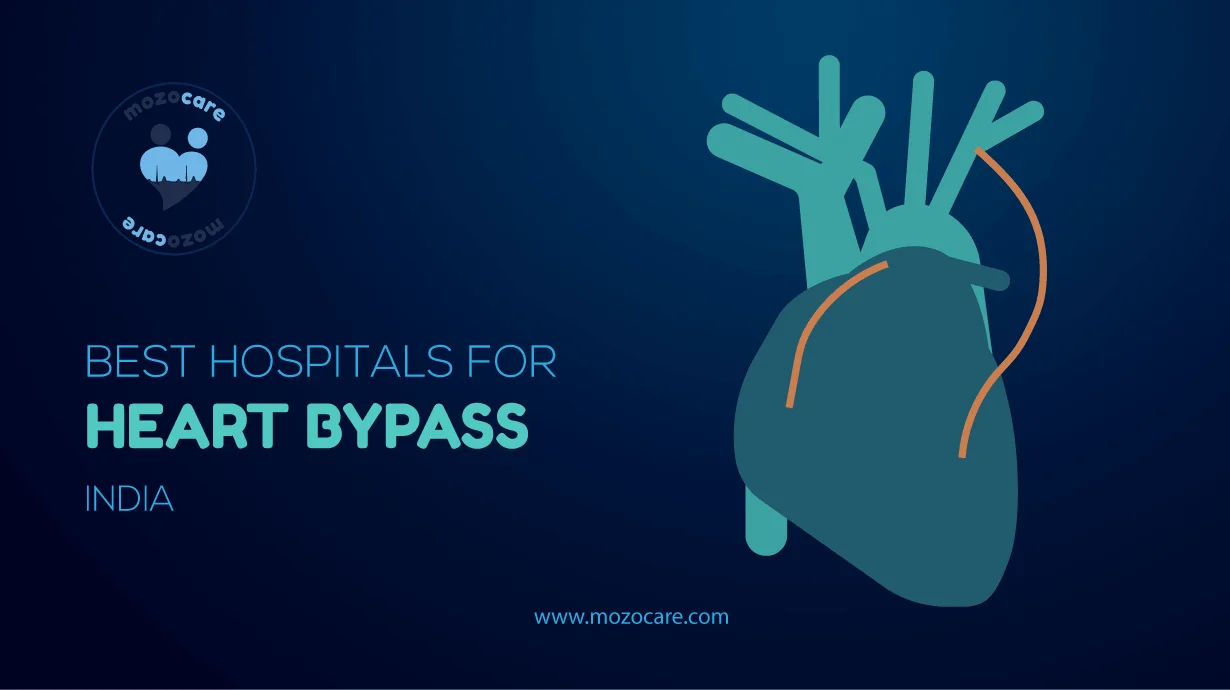
The Mitral valve is a leaflet that lies between the upper left chamber of the heart known as the left atrium and the lower left chamber of the heart known as the left ventricle. On the other hand, tricuspid is also a leaflet that lies between the upper right chamber of the heart known as the right atrium and the lower right chamber of the heart known as the right ventricle. Both valves contribute to making a separation between the chambers.
Mitral and tricuspid valve helps in providing pressure and direction to the blood. As the atria fill, the tricuspid valve opens to allow blood to flow from the right atrium into the right ventricle. As the ventricles contract, the tricuspid valve shuts tightly to prevent blood from flowing back into the right atrium. If any disease happens with these valves blood loses his direction and causes severe health problems.
Symptoms of mitral and tricuspid disease need to be focused as they are not specifically unique therefore it is hard to detect mitral and tricuspid disease. The symptoms of mitral and tricuspid disease vary from person to person. Some of the symptoms are;
Not every disease needs treatment some disease can be maintained or cure with professional guidance but on the other side of the coin Some tricuspid disease requires proper professional treatment, that is written below;
Tricuspid valve regurgitation is a disease in which tricuspid doesn’t open and closes properly.
Tricuspid valve stenosis is a disease in which tricuspid becomes narrow and obstructed
Tricuspid atresia is a disease that occurs when a baby is born without a tricuspid valve.
For the correction of mitral and tricuspid valve, medicines and antibiotics are not sufficient therefore surgery has to do but it carries high risk along. The decision of replacement or repair depends on some factors I.e.
For instance, the repair is the priority of doctors as it has comparatively less risk and infection that replacement but if the heath of valves is awful then replacement surgery is the last option.
As stated above, replacement comes along high risk but repair also has risk. Some risk associated with mitral and tricuspid repair and replacement surgery are;
Traditionally, tricuspid repair treatment is done through an open-heart surgery but after modernization new techniques and technologies, percutaneously are introduced which is more convenient and has a high success rate. Percutaneous replacement and repair technique give a tremendous outcome are used to repair and replace the diseased valve. During procedure variant types of repair includes which are;